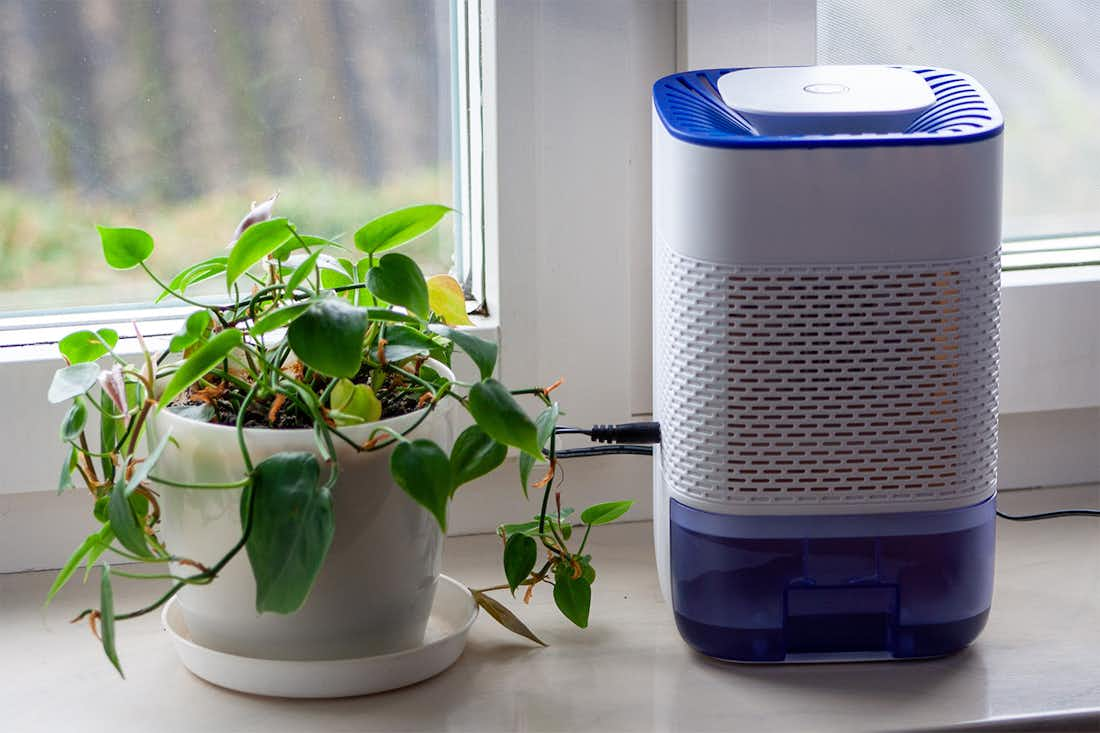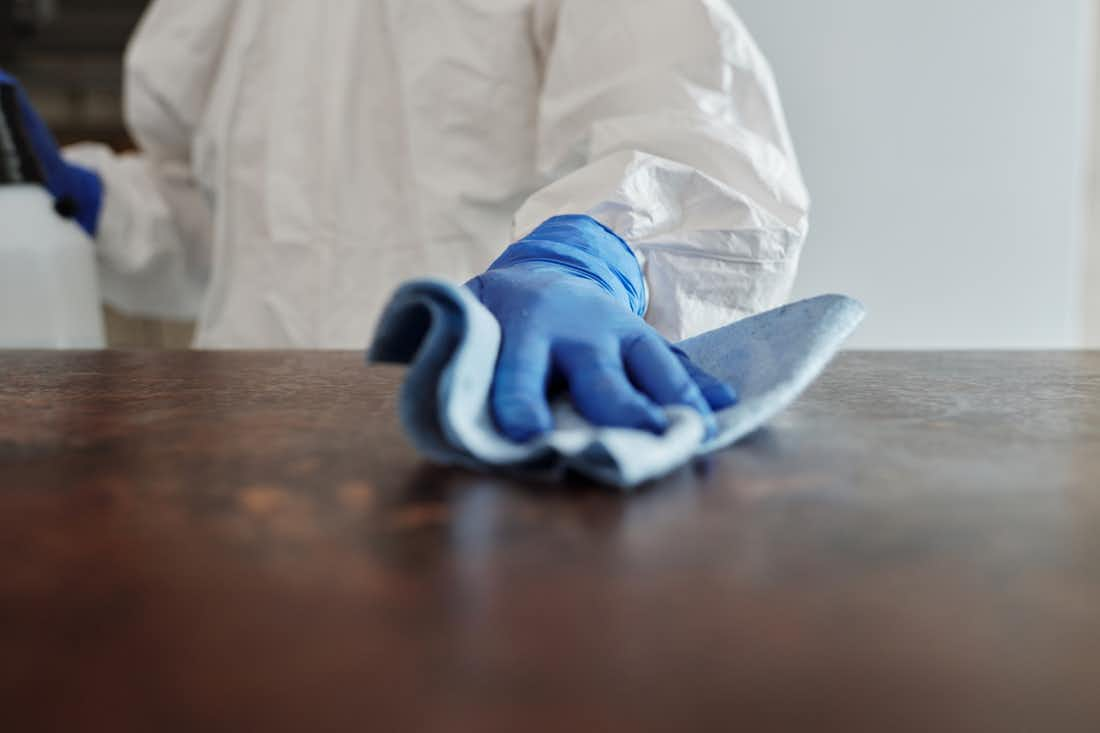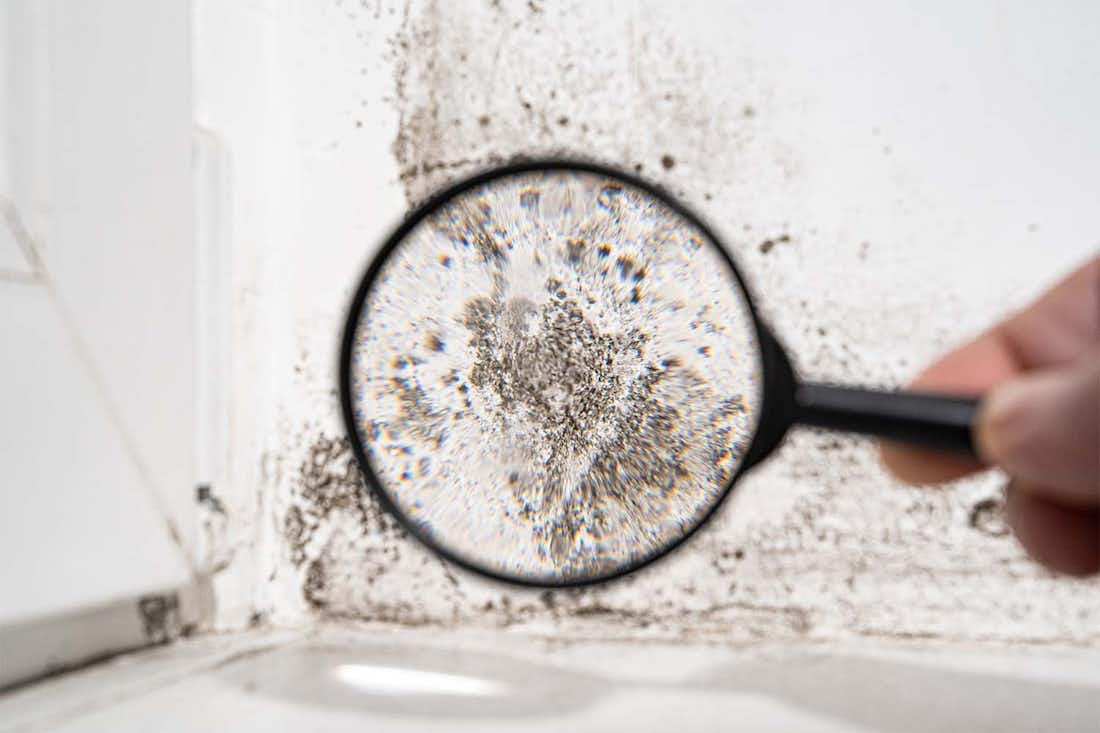May 27, 2022
Can an Air Purifier for Dust Mites Help?
minute read
Dust mites are invisible to the naked eye, but you can still tell that they’re there. These tiny mites can wreak havoc on your immune system, from endless sneezing to inundating nasal congestion.
One speck of good news is that there are plenty of ways to reduce your exposure and fight back against these allergens, and a popular method is through the use of air purifiers. But do these work as well as they claim?
Here’s everything you need to know about how effective air purifiers are for dust-mite allergies.
What Are Dust Mites?
To understand if air filters work for dust mites, it’s first essential to learn more about what dust mites are.
Dust mites are microscopic pests that thrive in warm and damp environments. Places like your bedding, linens, carpets, and sofa cushions are among the most prevalent breeding grounds.
Dust mites eat organic matter like your dead skin cells, and they absorb moisture from the humidity in the atmosphere. But it’s not the mites themselves that cause allergy symptoms.
Rather, their fecal matter and decaying bodies are most prevalent in dust debris. The proteins in these substances elicit an allergic response in some people, which leads to a slew of allergy symptoms.
With all of this in mind, if you can eradicate the microscopic particles that cause allergy symptoms, you can theoretically be allergy-free. Here’s how an air filter can help with dust mites.
How Do Air Purifiers Work on Dust Mites?
As their name implies, air purifiers can help purify the air of harmful substances like allergens, bacteria, and viruses. And they work in a relatively simple way.
One component of an air purifier is an inward fan that sucks in air from the atmosphere. Then, this air meets one or more filters inside of the system. The type of filter differs based on the device, but they usually consist of mesh or some kind of fiber.
These filters capture and neutralize pollutants as air passes over them. Then, clean air can recirculate back into the atmosphere.
But dust mites are microscopic, right? Do most air filters even capture something so small? Most air filters can latch onto particles as small as five microns thick. And luckily, dust mites are much larger, ranging anywhere from 250 to 350 microns.
This size means that most air filters can be highly effective at filtering out dust mite particles from your living space. Not to mention, an air purifier can help remove other harmful particles from the atmosphere to keep you feeling healthier overall. The one point to remember is that a lot of times, dust mite droppings settle and are not in the air, so it is also important to take other measures to get rid of dust mites. We will review all of those in this article, too.
What Is the Best Air Purifier for Dust Mites?
Since most air filters can catch dust particles because of their size, you can get pretty much any type of purifier to find some relief. However, if you suffer from allergies and also experience asthmatic symptoms, you may want something that packs a bigger punch.
HEPA filters, or high-efficiency particulate air filters, are the most powerful types of air purifiers on the market. These can theoretically remove 99.97% of dust, bacteria, mold, or pollen as small as 0.3 microns in diameter.
This is the most penetrating particle size, meaning that anything larger is caught with even greater accuracy.
Caring for Your Air Purifier
If you have an air purifier, but you’re noticing that the coughing, itchy eyes, and runny nose are all coming back, it might be because the purifier needs just a little bit of maintenance.
The filter in your air purifier needs to be cleaned or changed out regularly. Most manufacturers recommend replacing the filter with a new one every three to six months. However, those with severe allergies or asthma may want to swap it out once every 30 to 60 days.
You can usually tell when the filter needs to be cleaned or replaced by taking it out and examining it. If it’s completely covered in dust and dirt, it’s probably time to replace it.
Air Purifier vs. Dehumidifier
Air purifiers and dehumidifiers serve different functions, but they are both effective at removing dust mites from the space around you. While air purifiers remove pollutants from the air, dehumidifiers remove moisture from the air.
But how does that benefit dust mite allergies?
Dust mites don’t drink water like most other pests. Instead, they absorb moisture from humidity in the atmosphere. If you remove humidity from the air, you can essentially kill dust mites to make them less inundating.
It’s recommended that you keep your home between 30% and 40% relative humidity for maximum comfort while making it less likely for dust mites to thrive. Consider placing dehumidifiers in areas of your home that are especially dark or damp, like basements, attics, crawlspaces, bathrooms, or closets.
Keep in mind that dead dust mites can still cause allergy symptoms. For that reason, there are some other preventative measures to take to enhance your defenses.
Other Ways To Manage Dust Mite Allergies
Air purifiers are a great tool because you can just let them run in the background while taking other offensive and defensive measures. Here are some simple tips and tricks.
Keep It Clean
Another fantastic way to reduce the number of dust mites in your living space is by adopting a comprehensive cleaning routine. Since dust mites love to live on soft, fabric surfaces, you should clean bedding, carpets, and furniture with extra care.
Bedding is perhaps one of the easiest to clean. We recommend throwing your blankets, sheets, pillowcases, and comforter in the washer at least once every two weeks. Use hot water to kill the dust mites, and be sure to dry in a drier to prevent the fabrics from picking up other allergens on an outdoor hanging line.
When vacuuming, use a vacuum with a double filter to help prevent particles from leaking back out of the machine. Additionally, be sure to clean rugs and carpets before hitting surfaces with a feather duster, as vacuums might displace some of the dust particles in your space.
Finally, to clean your furniture, it’s a good idea to use a specialized cleaning solution that works at killing and preventing dust mites from coming back. This is because vacuuming alone is often not enough to eradicate them.
Try Immunotherapy
While taking steps to eliminate dust mites is effective, what if you never had to worry about them in the first place? Dust mite immunotherapy can help you achieve just that.
Sublingual immunotherapy (SLIT) is a form of immunotherapy that works by gradually exposing your immune system to allergens over an extended period. You’ll place a once-daily tablet under your tongue that contains a small amount of the proteins causing your allergies.
Over time, your body becomes accustomed to exposure, allowing your symptoms to become less severe. It’s a practical solution that can attack the cause of allergies at the source to allow you to feel what it’s like to be allergy-free.
Cleared is proud to offer FDA-approved dust mite sublingual immunotherapy at some of the lowest co-pays on the market. Take your free allergy consultation today to see if this life-changing treatment is right for you.
Use Relief Medications
Allergy immunotherapy is fantastic, but it doesn’t work overnight. For fast-acting relief, antihistamine medications are your go-to to defend against dust mites and other allergens.
Antihistamines block the production of histamines, a chemical that causes the symptoms of allergies. Oral antihistamines work to alleviate symptoms all over, whereas nasal sprays can target the sinuses, and eye drops can help itchy allergy eyes.
These are effective methods for reducing discomfort and improving your quality of life when airborne allergens are at their worst.
In Conclusion
Dust mites can turn a good day into a frustrating one, but air purifiers might be a simple solution to restore the balance.
Air purifiers work by sucking the air out of the atmosphere and running it through an internal filter that catches particles, removing them from the space around you.
Most filters can catch particles as small as 2.5 microns thick. And considering that dust mites usually range from 250 to 350 microns in diameter, you can bet that your air purifier will do a great job of making your home more comfortable against this microscopic allergen.
Sources:
Dust mite allergy - Symptoms and causes | The Mayo Clinic



